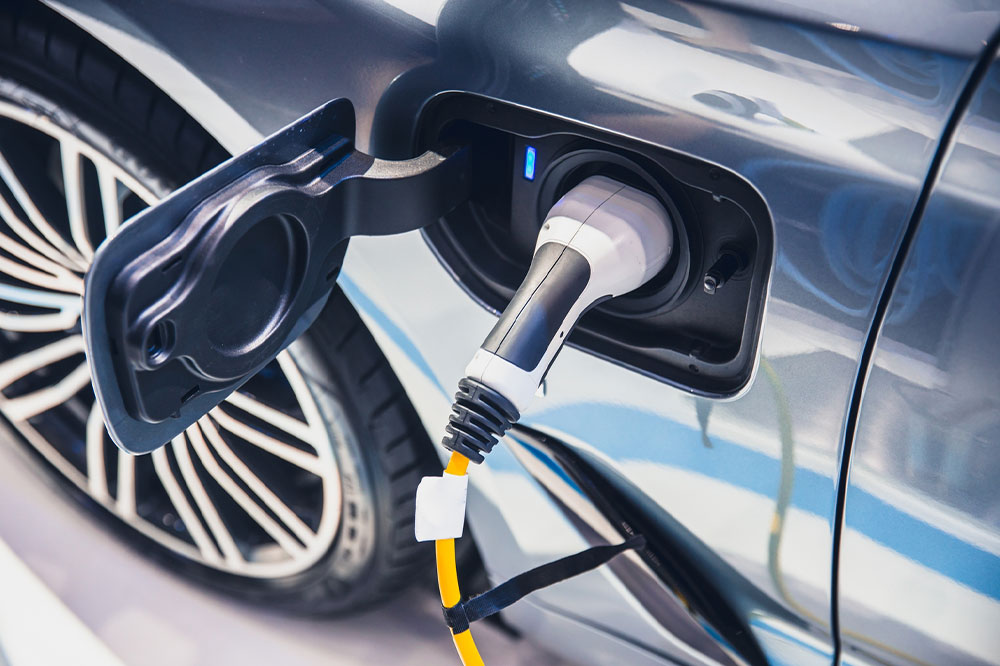Top 6 safest SUVs of 2022
A sports utility vehicle, or SUV, has become a go-to choice for many American families. One of the main reasons people consider buying SUVs is that it feels safer than other cars, thanks to their large and sturdy build. Moreover, modern SUVs are loaded with a wide range of safety and driver assistance features, making them incredibly safe and reliable. If you’re in the market for a new SUV, you must consider some latest options. 2022 Acura RDX This crossover SUV from Acura is currently one of the safest vehicles on the market. The automaker has outfitted all trim variants of the 2022 RDX with a suite of safety and driver-assistive technologies, including lane-departure warning, pedestrian detection, lane-keeping assist, automated emergency braking, adaptive cruise control, and traffic sign recognition system. 2022 Volvo XC40 Recharge If you’re looking for a compact electric SUV with excellent safety features, the 2022 Volvo XC40 Recharge should be your choice. It’s equipped with vital safety and driver-assistance features, like lane-departure warning with lane-keeping assist, automated emergency braking with pedestrian detection, and blind-spot detection. The vehicle also has an advanced body structure and a unique battery safety cage that can protect all passengers in a collision.
Read More 









